Since it became accessible to hobbyists, 3D printing has been an essential tool for cosplayers, enabling them to create authentic replicas of even the most complex props from across fantasy and sci-fi worlds. Just take a scroll through Thingiverse to see some very creative and truly impressive cosplay projects. In fact, 3D printing has even helped pave the way for the creation of a cosplay-making industry, with skilled makers designing and creating custom projects for others. This is the case with Lightning Cosplay, a German company that creates tailored costumes for its customers using a range of processes, including 3D printing.
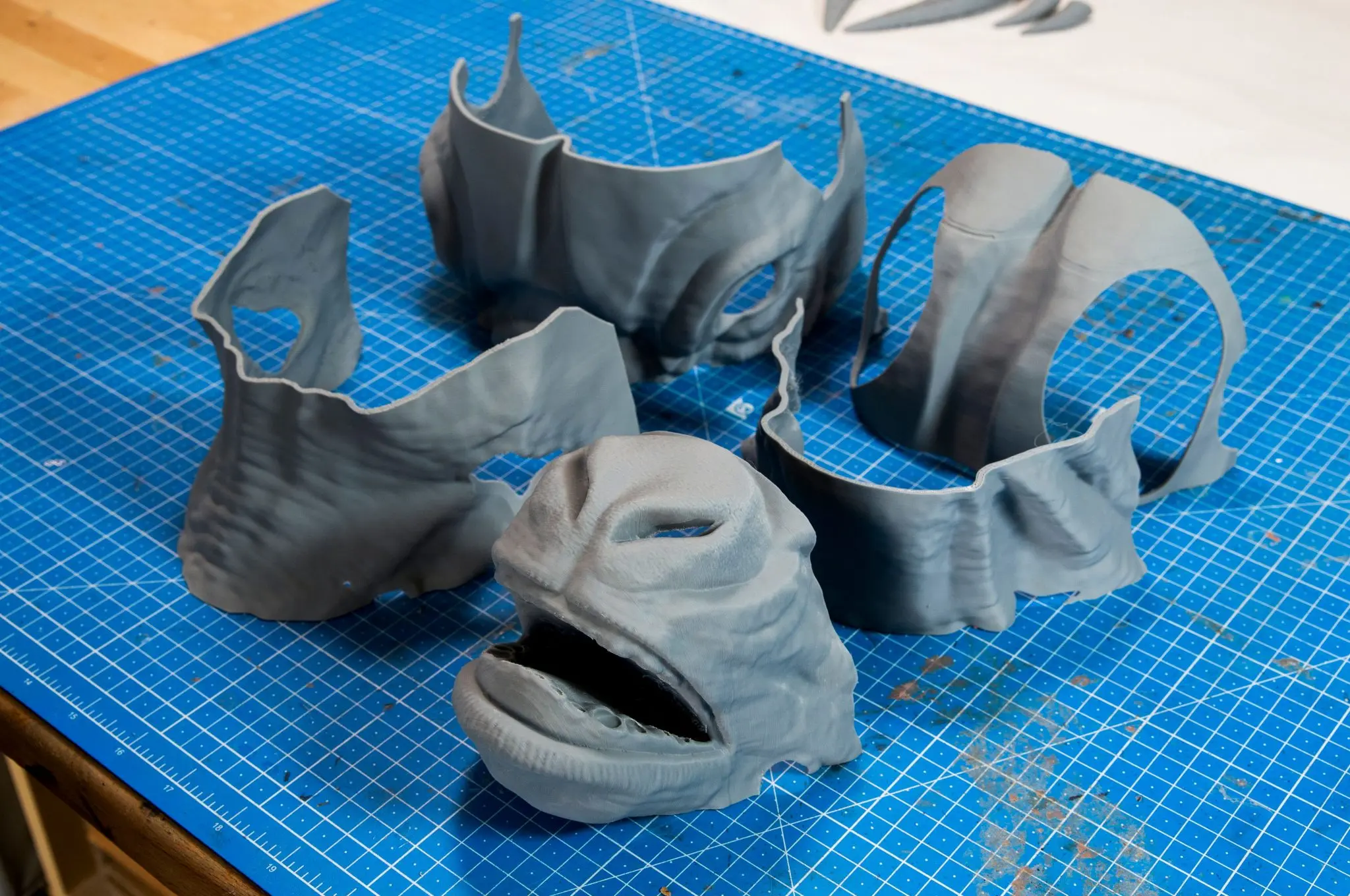
Lightning Cosplay co-founders Laura Jansen and Ralf Zimmerman started designing fantasy costumes for themselves in 2012, to be worn to an assortment of conventions and events for comic and gaming fans. Their cosplay skills did not go unnoticed, and the positive feedback and interest led them to found Lightning Cosplay in 2015. Today, the company is internationally known and works in collaboration with gaming companies, including Bethesda, THQ Nordic and CD Projekt.
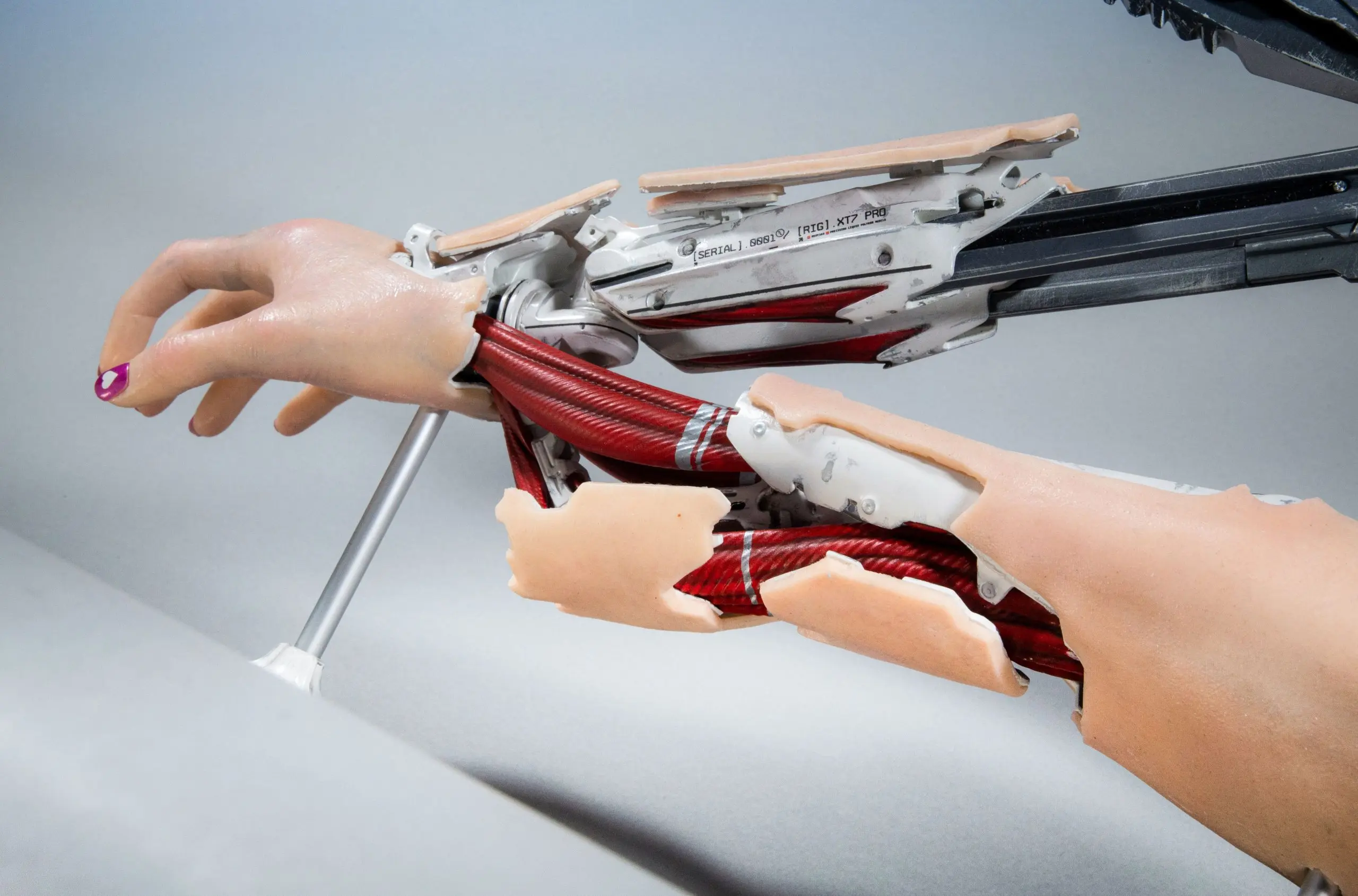
3D printing has become an integral part of Lightning Cosplay’s work, enabling them to produce high-quality and highly realistic models that look like they came straight out of the game. At the company’s production office in Germany, it uses the Zortrax M200 3D printer as well as an Inkspire system, which has the capacity to print finely detailed parts. 3D printing also enables them to stick to tight production schedules and create complex cosplay props in record time.
Before 3D printing, the team made most costumes and props by hand from foam or by forming thermoplastic materials. And though these manual processes are still used, 3D printing has provided greater agility for projects.
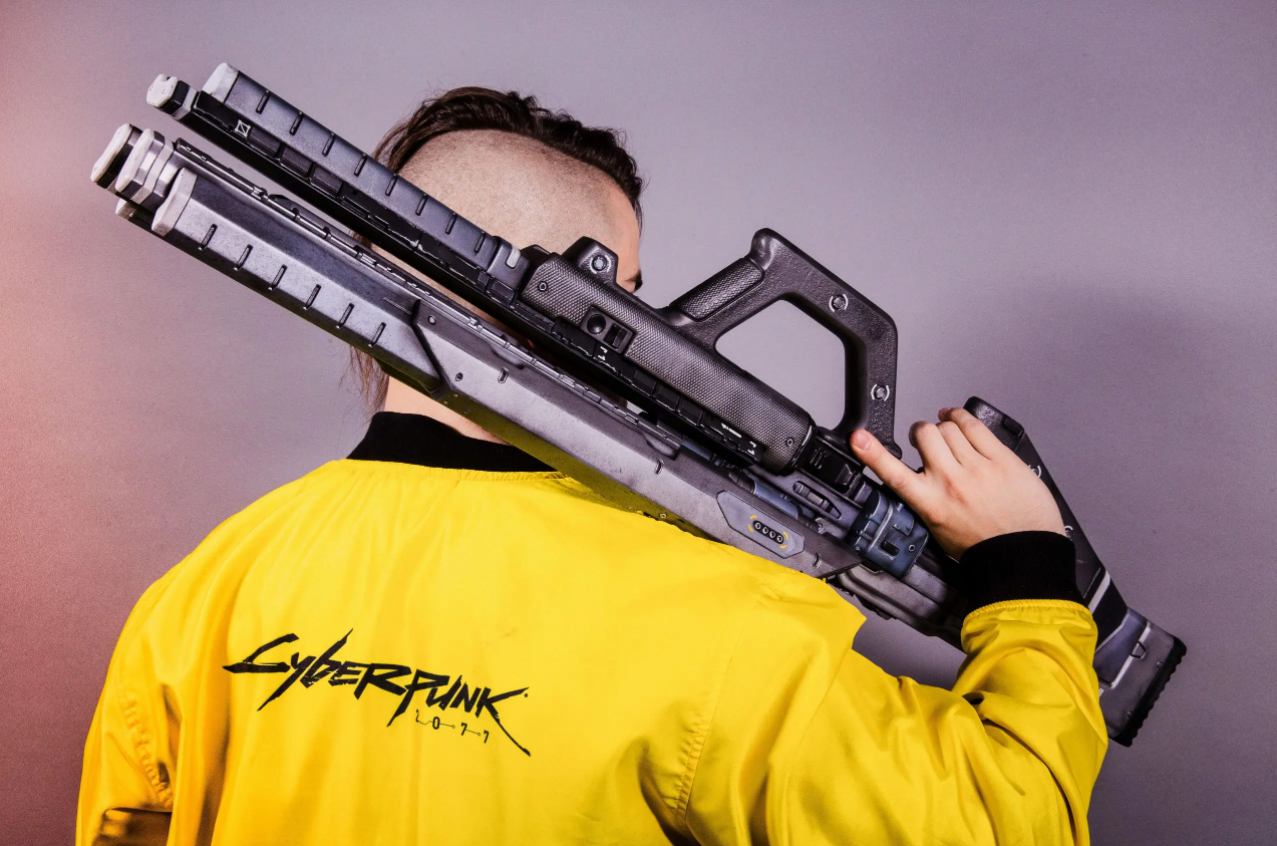
“Most of our projects are created on commission of game producers who want to ‘revive’ their virtual heroes during promotional events,” explained Zimmerman, who is in charge of 3D printing. “First of all, we receive and analyze numerous screenshots of a particular character to determine how its outfit presents at different angles. Afterwards we begin 3D modeling of the full costume. Once we know its complete appearance, the individual details that will allow us to achieve the desired result can be finally worked on.”
3D printing has helped Lightning Cosplay to take its prop and costume making to another level. The combination of the technology and the skills of Jansen and Zimmerman has resulted in some awesome cosplay pieces – just look at the photos in this piece for evidence!

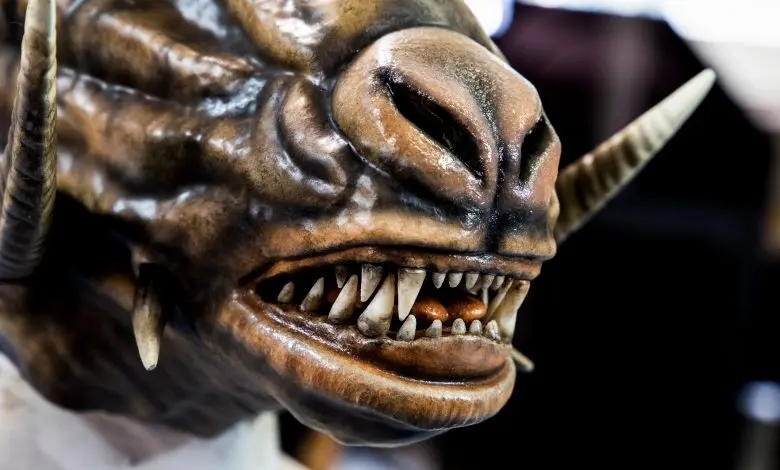
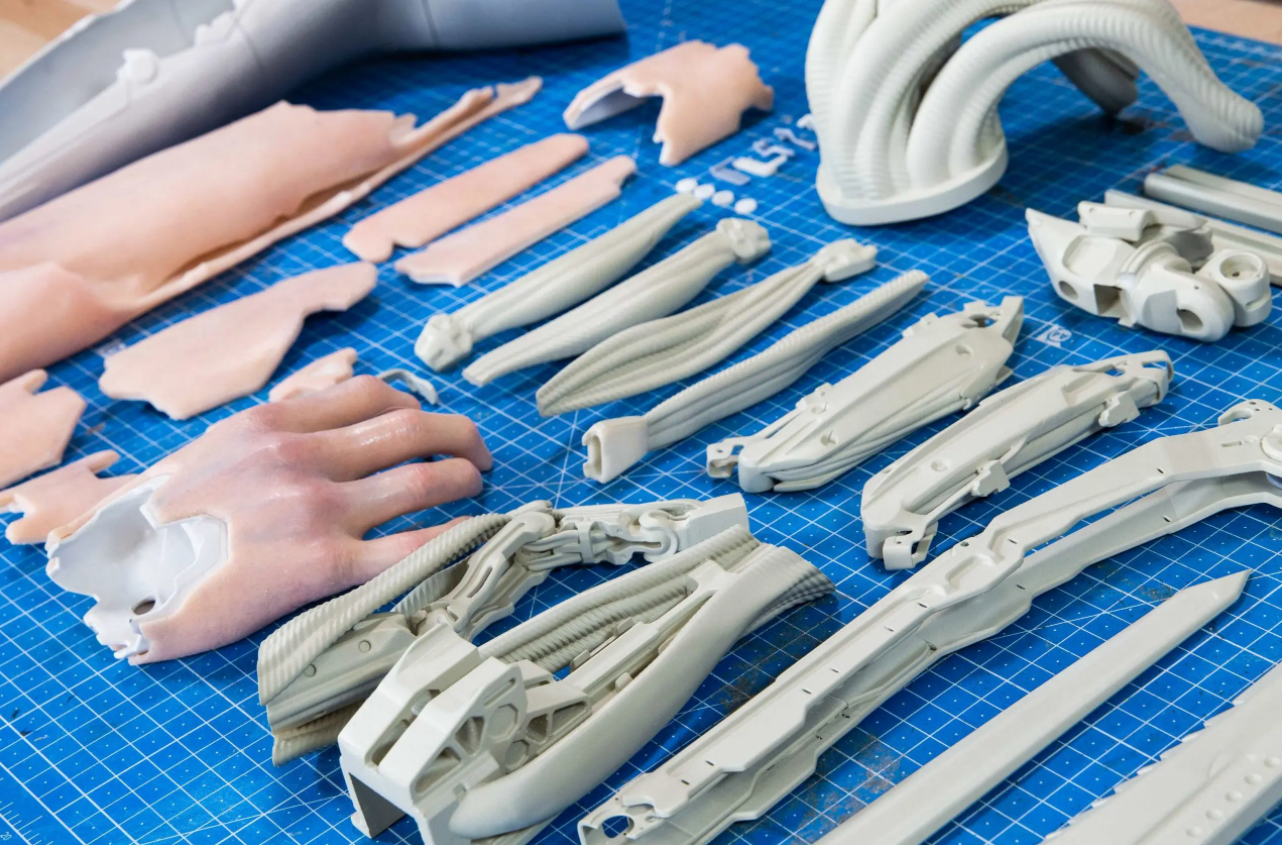
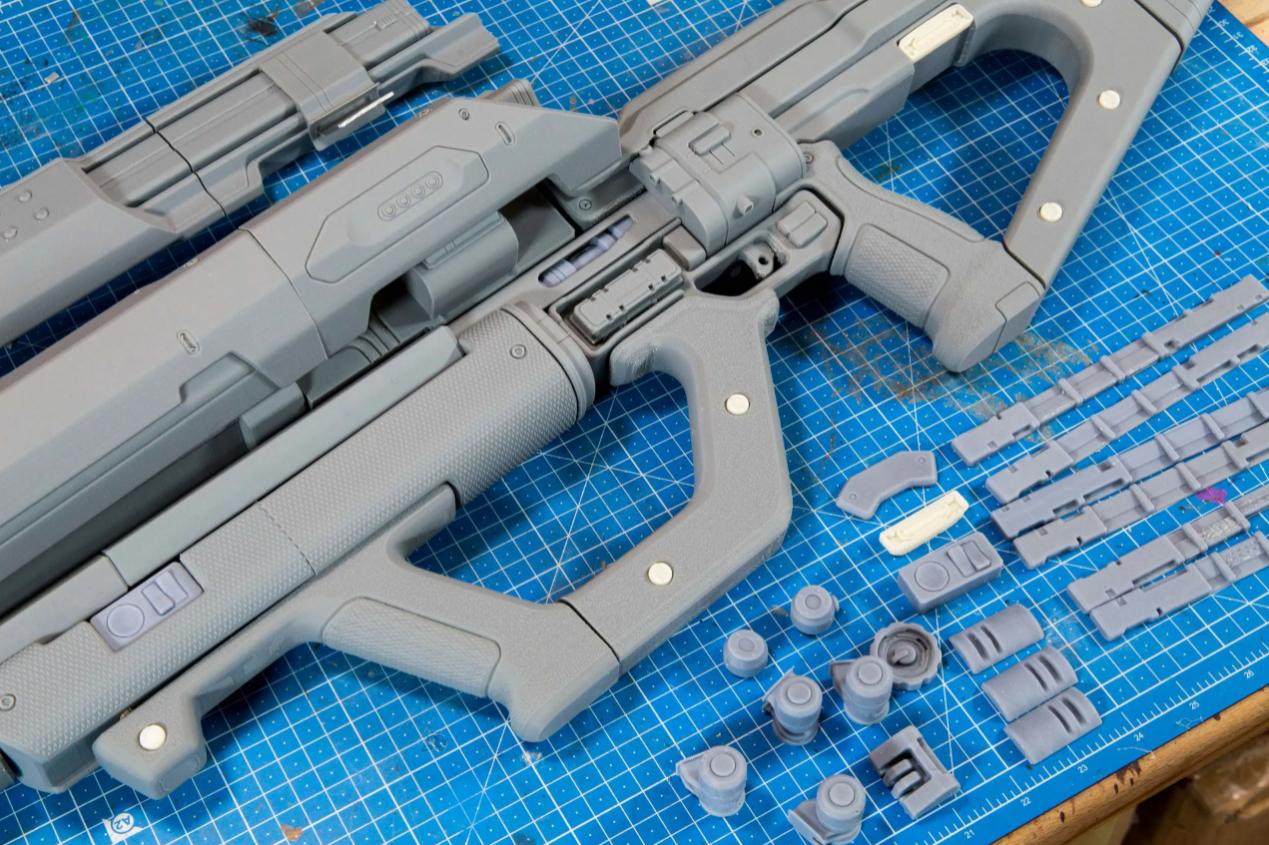
Leave A Comment